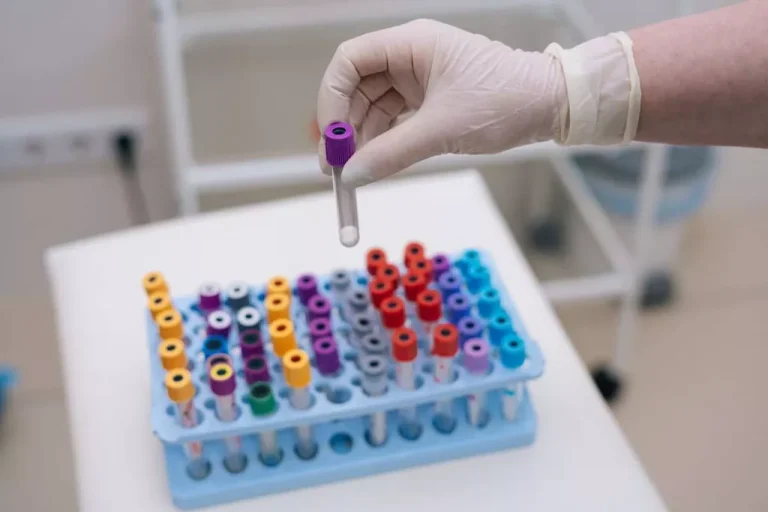
Our essential take home message is, first, to focus on an operational distinction for the triptych elements of CDT, that is the inconsistency, the dissonance state (CDS) and the regulation strategies. In addition to investing effort in systematic and standard operationalization of these concepts, cognitive dissonance addiction the examination of the whole model could deeply improve the theory and the understanding of human psychology. The use of the term inconsistency to point out the presence of unfitting relations has already been proposed in the literature (e.g., Harmon-Jones, 2002; Gawronski and Strack, 2012).
Category 3 renewing non-addiction relationships and social network
Derogating the victim of injustice could serve both motives better than some other strategies, such as compensating the victim. Note that social comparison mechanisms and consistency reduction mechanisms are both self-enhancement strategies, yet they seem to have little in common. Threat from dissonance rarely has anything to do with the performance of another, i.e., social comparison. Similarly, inconsistency is generally irrelevant to an SEM threat, whereas other’s performance is crucial. Attitude change is the usual mode of dissonance threat reduction; on the other hand, changes in closeness, performance, or relevance are the SEM modes.
Cognitive Dissonance Is Part of Decision-Making

Indeed, classic paradigms in CDT manipulated, for instance, the pay for a discrepant behavior (Festinger and Carlsmith, 1959), the severity of the pressure to inhibit a behavior (Aronson and Carlsmith, 1962), or the deployed effort to join a group (Aronson and Mills, 1959). From a theoretical and methodological point of view, these variables are not manipulations of inconsistency but moderator variables linked to the situation (i.e., incentive, justification, effort) that decrease or increase the CDS (Festinger and Carlsmith, 1959, pp. 203–204). Indeed, cognitions consistent with the behavior (presumed the most resistant) are supposed to decrease the magnitude of the CDS, while inconsistent ones are supposed to increase it.
Acquire new information to outweigh the dissonant beliefs.
- As applied to alcoholism,1 the cognitive-behavioral approach (see box; Kazdin 1982) views the etiology and persistence of pathological drinking as learned behavior (discussed below) and has led to the application of learning-based clinical methods to alcoholism treatment.
- For more than six decades, CDT suggests that cognitive inconsistency leads to a motivational state that promotes regulation, which comes mainly through a change of opinions or behaviors.
- Many theories have attempted to offer an answer – some say maybe it’s genetic, others speculate it’s personality, and again others, call it a disease – but I have a different theory.
- In contrast, users with low self-efficacy are more susceptible to negative emotions and cognitive dissonance when using the platform, which can lead to discontinuous usage intention.
- This internal conflict between the knowledge that addiction is harmful and the compulsion to engage in addictive behaviors contributes to cognitive dissonance.
- Pathological drinking refers to the entire range of alcohol problems from mild to severe.
Clients who participate in inpatient and partial hospital treatment programs receive a list of routines and rules that specify consequences for infractions and rewards for appropriate behaviors or successful completion of program goals. Negative consequences for infractions of rules may entail a loss of certain privileges (for further detail, see Kadden and Mauriello 1991). Behavioral approaches deal exclusively with observable behaviors and the observable antecedents and consequences that control behavior. Behavioral approaches do not consider unobservable events, such as thoughts or emotions, that a therapist can know only through the client’s self-reports or through inferences from the client’s behavior. As scary as challenging your beliefs about alcohol may seem, it offers a path to restoring internal peace in one’s relationship with alcohol.
Aversion Therapy
However, science should not concern itself with the gracefulness of a theory but only about the solidity of the evidence supporting it and its own falsifiability. In the current paper, we exposed what we considered major flaws in the theory, which are mainly conceptual shortcomings and a need for stricter operationalization. Because a better understanding of the methodological flaws is important to future theoretical progress, we suggested some ways to address these shortcomings.
Cognitive Dissonance and Addiction
The fact that personal recovery requires sobriety aligns with previous findings, indicating that sobriety is helpful in initiating mental health recovery processes (Green et al., 2014). Consistent with previous findings (Silverstein and Bellack, 2008), the present results point to more dynamic and processual aspects of sobriety rather than just regarding sobriety as being dichotomous in nature. Notably, the participants reported hard work in distancing themselves from drug dealers and other criminals, criminal actions and fear of the police. Apart from the occasional craving for illegal drugs and alcohol in controlled forms, the participants experienced their new life as non-addicts as a kind of freedom, for instance, from the fear of the police and criminal prosecutions. She has strong communication skills, compassion for others, and a drive to provide the best services we can to each client and their family throughout their experience with Elevate.
Inconsistency: Operationalization of Both Manipulation and Measure
We are driven to reconcile those conflicting thoughts, beliefs, and desires or behaviors to preserve harmony in our minds and make ourselves feel rationally better. For many people, deciding that they are going to completely stop smoking cigarettes is a difficult decision. Most people know that smoking is bad for them, but when they think about stopping, their addiction takes over. They don’t feel as though they have control over their smoking; it’s like their smoking has control over them. Justifying that way might seem like a way of being dishonest with yourself, but it’s perfectly natural, says Michele Leno, PhD, a psychologist and the founder of DML Psychological Services in Farmington Hills, Michigan. And it can be a good thing if you recognize the dissonance, take the time to really think through your options, and make better decisions.
